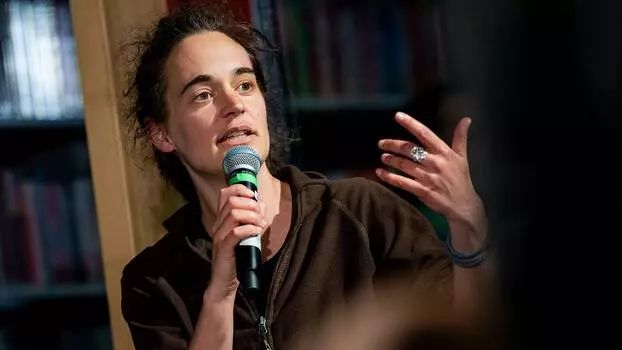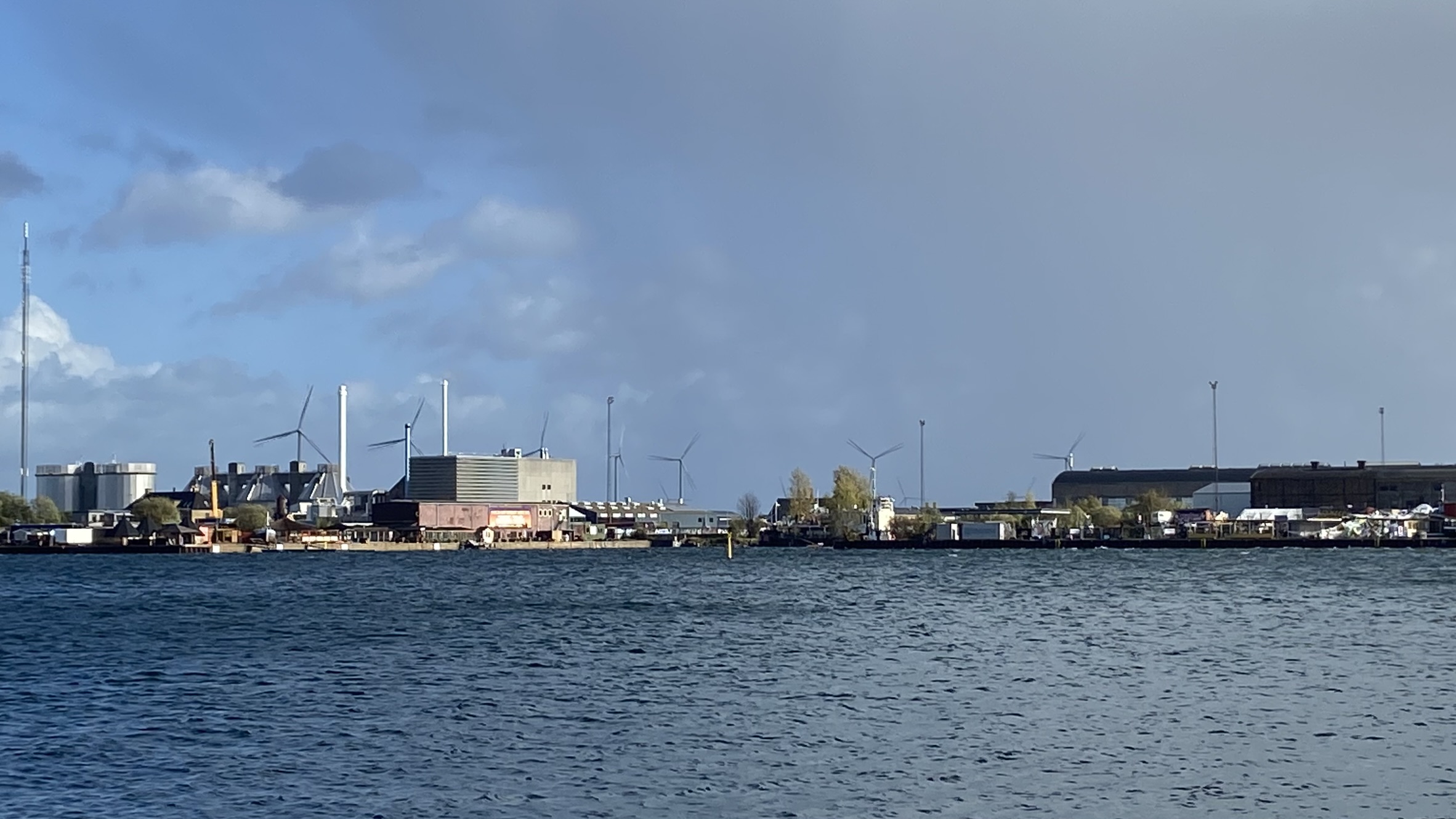Manhattan’s 4th Avenue stretches from Astor Place to Union Square. Only six blocks, it is usually one of the busier, more bustling, streets in the whole city. Yet, on April 2, 2020, when I walked it, it was empty. The police had closed off a major portion to cars affording pedestrians more street space for social distancing—but, there were not many pedestrians either. New York, the city that never sleeps, the city of constant motion and energy, was empty as never before. How could this be? What happened?

On December 31, 2019, while the whole world was celebrating the New Year, the local government in Wuhan, China, announced that health authorities were treating dozens of cases per day of a mysterious pneumonia like illness. Days later, researchers in China identified this new virus that had infected thousands of people as a Corona Virus. On January 11, 2020, China experienced its first death from the virus.
Ten days later, on January 21, the first confirmed cases were reported in both South Korea and the United States. The case in Washington State, the US’s first, quickly led to the Pacific Northwest becoming the first American epicenter. At the point of the confirmed case, the decision to develop an American test kit cost another ten days, as indecisiveness, downplaying the severity of the virus, and political maneuvering stalled the creation of a test. What we know now is that American authorities on all levels worked on a completely insufficient database as their response for fighting the epidemic. Of course it was insufficient.
Even after a test was created though, there was a new crisis—the testing was inadequate. There weren’t enough tests for all who needed them. Seemingly only rich people were able to receive tests. When testing finally started at a true scale, not in February—mind you, but in the last week of March—the numbers exploded. By the time of publication, April 12, the United States had passed 546,341 registered cases and nearly 21,698 deaths.
This global pandemic met a totally unfit health system. The American health system, in which hospitals— whether public or private—are run under the profit motive, fundamentally could not be prepared for a situation like this. Being prepared for the possibility of a catastrophe would mean setting aside and keeping stock updated equipment and drugs to be deployed at a time of crisis—not only producing what is necessary at time of use. It would mean having a robust workforce able to mobilize, not one stripped of all employees not deemed essential by unwavering austerity. But all of this directly contradicts the hospitals’ current modus operandi—to profit.
Another structural problem is that millions of Americans are either uninsured or have insufficient and inadequate health insurance. This leads directly to a weak overall health status as a country. The fact that a greater percentage of younger Americans are being affected by this virus may partially be explained by this.
This crisis has also exposed the contradictions laid bare underneath the glitz and glamour facade of New York. New York, a global hub, center to finance, arts, and culture, is at the same time a city facing an inequality crisis bringing along poverty, homelessness, and displacement. It is this New York that has become the new epicenter of the crisis. By time of publication, nearly 190,000 infections with over 9,000 deaths have been reported and rising daily. Hospital equipment is running low across the city and state. Nurses on the frontlines have reported that they are working with completely insufficient personal protection equipment, putting both themselves and their patients at risk. Now refrigerated trucks are parked outside hospitals across the city serving as temporary morgues. Sirens ring all day and night and there has been a proposal to turn some city parks into gravesites. This is the new normal in New York.

The reaction from the state and federal governments came all too late. Though necessary, they also caused new social problems. In March alone, the US economy lost 701,000 jobs. In the first week of April, 6.6 million people applied for unemployment benefits. That American health insurance is linked to employers means the millions who are losing their jobs right now will also lose their social safety net—healthcare. Self-employed workers and workers who get paid weekly are already now running out of money. The gig economy has essentially collapsed or is left to newly essential jobs on the frontlines like grocery personal shopping without protections—a true devil’s bargain.
The federal government reacted with a 2 trillion stimulus package. Beside the 500 billion in aid for large corporations, support for medium-sized and small businesses, and hospitals, it contains a one-time $1,200 dollar check for all low and middle income tax payers. In New York, this is not even a monthly rent for a studio apartment.
In the midst of this, many communities took measures to mitigate the social consequences of the crisis. New York State froze evictions for 90 days (but not rent payments) and L.A. called for a rent freeze. This shows how serious authorities see the situation and how they fear social tensions.
Meanwhile, the presidential campaigns virtually stopped. Most primaries as well as the Democratic Convention are postponed. Any chance of a comeback for Bernie Sanders was squashed and Sanders dropped out on April 8. The lone Democrat remaining, Joe Biden, has been largely absent leaving a clear leadership void of opposition. On the other hand, President Trump, despite his incredible misjudgments and failures in this crisis, appears on TV each night, and in all of his Trumpian bluster embodies the wartime leader he views himself as. This has given him a favorability rate of 60%, but we will see if that remains as the crisis continues to deepens.
Concerned observers ask if it will be possible to hold orderly presidential elections in November. In a country that held presidential elections amidst a civil war, this would truly be an unprecedented constitutional crisis.
The Rosa Luxemburg Stiftung New York Office has also experienced the rapid development of the crisis. Less than a week passed between first talking about limiting the physical presence in the office and moving the whole office into working from home in the middle of March. Many events and projects that had been planned had to be canceled or postponed. Our team has had to adjust to new working conditions while struggling with the difficulties that the situation brings and with the fear for friends and loved ones. We are working to move other events online—opening the possibility for a broader participation potentially. At the same time, we are confronted with this crisis that shows the failure of the capitalist system even more trenchant than before, and the need for a critical and progressive reflection is obvious. This is why we start this blog today. We want to give space for analyzing the crisis, describing new forms of solidarity and social struggle, and reflecting on the world after this crisis. In this, we will probably not have the answers, but we will strive to pose the important questions.
Andreas Günther is the Executive Director of Rosa Luxemburg Stiftung’s New York Office.



